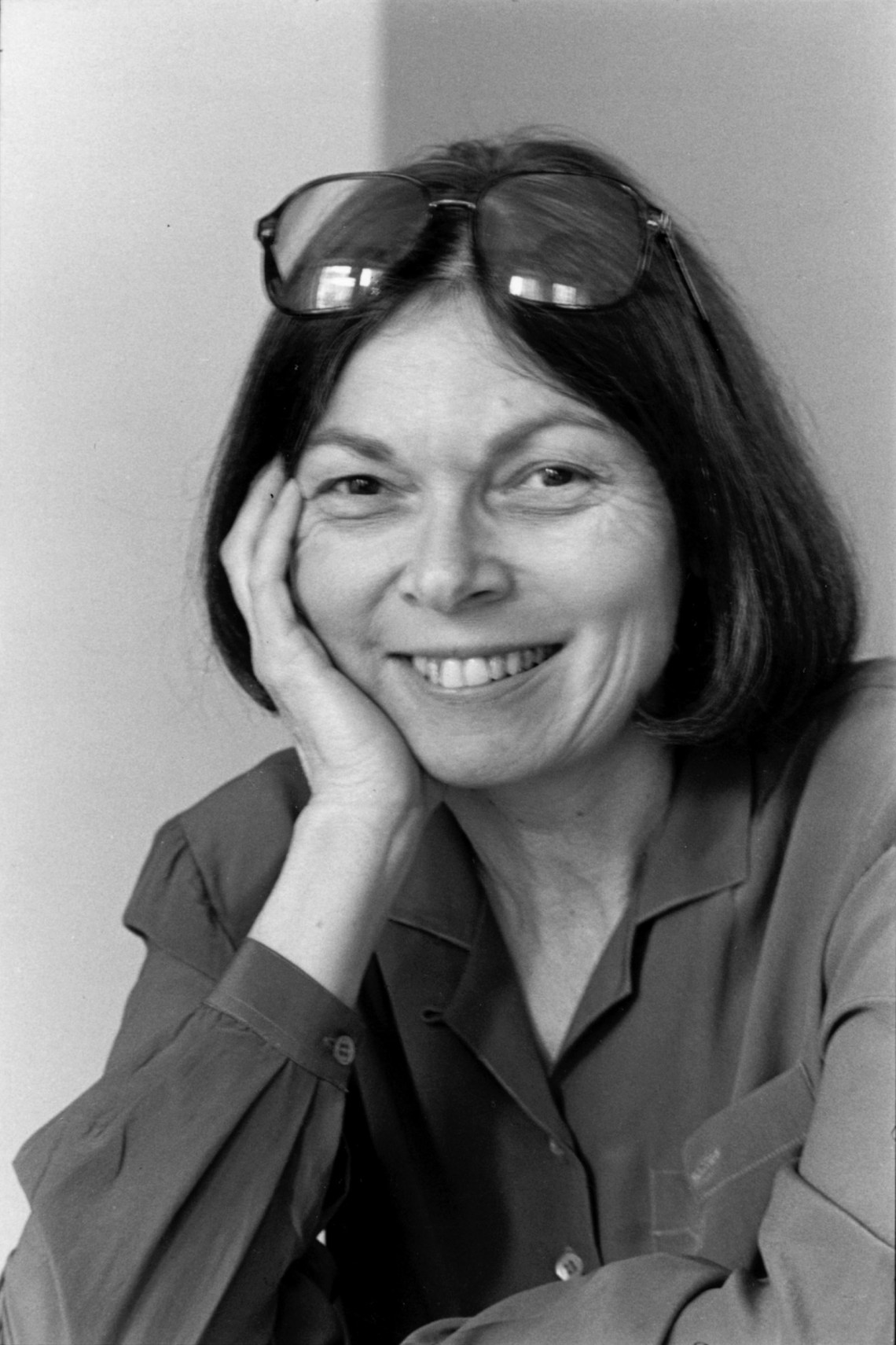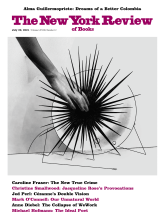The writer whom Janet Malcolm loved most was Chekhov, and one of her great strokes was to bring his spirit to her reporting—the small, telling gesture that burned a character into the reader’s mind. One thinks, for example, of her description of a revered New York psychoanalyst, who stood out from the others in the fishbowl of a psychoanalytic convention “the way a lady’s slipper leaps out at you in the woods.” These observations, embedded in an unfurling scroll of impeccable facts, explication, analysis, and original ideas, set her journalism apart from every other practitioner of her generation.
Malcolm often deployed this kind of fairy-tale imagery to great effect. In The Silent Woman, her masterful book about the competing versions of the defenselessly dead Sylvia Plath and her defensively alive widower, Ted Hughes, she writes:
The narratives of journalism (significantly called “stories”), like those of mythology and folklore, derive their power from their firm, undeviating sympathies and antipathies. Cinderella must remain good and the stepsisters bad. “Second stepsister not so bad after all” is not a good story.
What appears to be a story about Sylvia Plath is really a reflection on how falsehoods become “facts” because people enjoy them more than reality. The generic story of a helpless victim or a doomed genius or a Bluebeard-like villain is preferable to the human actuality of contradictory motives, confused allegiances, and hidden drives that is Malcolm’s true subject.
Malcolm, in her own view, was no better than the rest of the journalistic vultures. In The Silent Woman, when she pays an uninvited visit to Hughes’s house, she excoriates herself for being a grubby snoop, like all the others who hovered around seeking to snatch fallen crumbs from the Plath/Hughes tragedy. As she studies the house, with a recently filled bird feeder on the lawn, she “felt his reality, his aliveness, his stuckness, and…felt shame at my complicity in the chase that has made his life a torment; I had now joined the pack of his pursuers.” Reading this, we understand that the famous first line of The Journalist and the Murderer—“Every journalist who is not too stupid or too full of himself to notice what is going on knows that what he does is morally indefensible”—which caused a stir of indignation, was less a criticism of her colleagues than a confrontation with herself.
People sometimes mistook Malcolm’s perceptiveness for cruelty. Her reputation for cold dissection (don’t cut tomatoes in front of her, don’t let her into your apartment, etc.), as if she were some kind of avenging angel, was ridiculous. But I think she rather enjoyed it. It gave her a certain potent aura. People grew anxious in her presence, wondering what she thought of them, a useful power for an inveterate observer like Malcolm. In their nervousness they were apt to expose themselves more thoroughly, which in the end is what the portraitist desires. She possessed the ability to see the excruciating difference between who we are and how we believe we are seen. At the same time, she understood that the delusion at the heart of this difference was necessary to get through life.
Malcolm was skeptical of her achievements. Decades of writing journalism, she believed, had limited her vision. In 2010 she explained why she abandoned a “pitiful” attempt to write what would have been her autobiography:
I cannot write about myself as I write about the people I have written about as a journalist. To these people I have been a kind of amanuensis: they have dictated their stories to me and I have retold them. They have posed for me and I have drawn their portraits. No one is dictating to me or posing for me now.
She went on to say that the “I” of journalism resembles that
of a judge pronouncing sentence on a guilty defendant. This “I” is unsuited to autobiography. Autobiography is an exercise in self-forgiveness. The observing “I” of autobiography tells the story of the observed “I” not as a journalist tells the story of his subject, but as a mother might…. I see that my journalist’s habits have inhibited my self-love.
What is striking about this is Malcolm’s uncharacteristically emotional realization that her career of scrutinizing others had hardened her to herself.
In the last year and a half of her life she found a way to overcome the autobiographer’s block. In a series of pieces provoked by old personal photographs, she devised a way to write about her Czech parents, the Manhattan world she grew up in, and her ever-forming aesthetic as a girl and young woman. (They will be published as a book next year.) The stories are deliciously intimate. There are some wicked scenes from the trial for libel brought against her by an aggrieved subject, Jeffrey Masson, the major figure of In the Freud Archives. Some blood is spilled in these pieces, but almost all of it is Malcolm’s, spilled by her own hand.
Advertisement
She changed the way we read—and for many of us, the way we write—nonfiction. She made us aware of our disreputable motives. She taught us that when we wrote, as often as not, we were wearing a mask.




